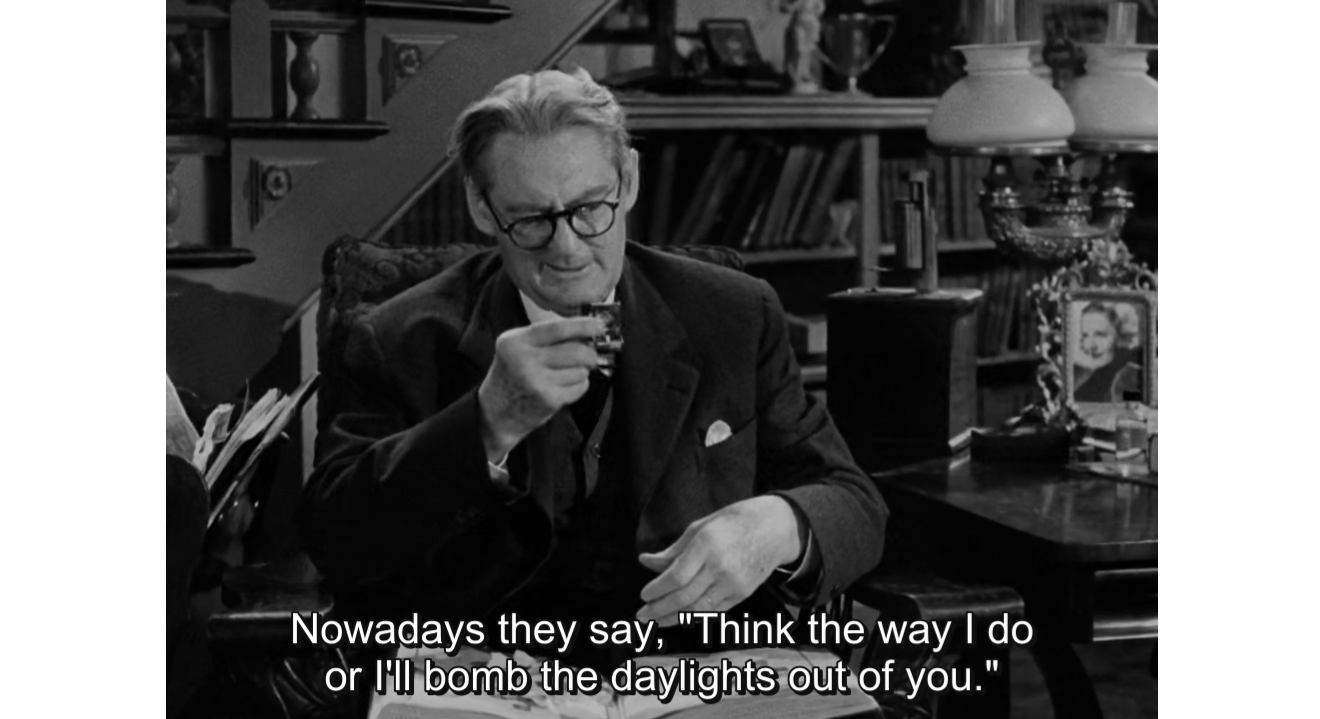
Feathers in the Wind (Song Il-gon, 2004)
Korean Title: Git
It all started with a promise similar to the one made in the end of Richard Linklater's Before Sunrise (1995). Two young lovers agree to meet again in that same motel in a remote rural island after ten years. Filmmaker Hyeong-seong (Jang Hyeong-seong) return to the island a decade after; seeking a closure from that first relationship that kept him rooting against Germany during soccer matches and perpetually reminiscent of that former romance. He is unsure if his ex-girlfriend, who left for Europe to study piano-playing and later on marries her German professor, would stay true to that promise.
The pangs of waiting for that said event invade his persona. Right after completing a film he describes as a box office failure and a mediocrity, he tries to write his second screenplay but is unable to do so because of the more impending matters that affect him. In the island, he is taken care of by the motel's caretaker, a jovial yet undeniably sweet girl named So-yeon (Lee So-yeon). Underneath the violent stormy weather are other extrinsic events that would add a touch of mysticism to Hyeong-seong's island getaway; a mysterious peacock lands in the island's rocky beaches, a piano being delivered by an unknown sender to the remote island, So-yeon's bleached-haired uncle awaits for his wife who left him and afflicted him with the lack of desire to talk, and finally, the image of So-yeon lonesomely dancing the tango with her hair distinguished by a single feather.
As with his first feature Flower Island (2001), Song Il-gon utilizes digital stock to capture the beauty of Udo Island. Originally commissioned as part of an omnibus film that would tackle issues on environmentalism, Feathers in the Wind expanded into a seventy minute feature that simply oozes with a subtle romantic fever brought about by a mixture of common love tropes (as with the premise that seems to originate from Linklater's more famous film) and Song's use of injecting mythical and mystical fuel to his narrative. It results in an endeavor that evolves with an unrushed passionate push; that when the climax starts to slide comfortably from the relaxed narrative, a more enhanced swooning emotion is felt --- the Hollywood trope fascinatingly meshes with the more individualistic moods of Song with remarkable grace.
Hyeong-seong and So-yeon's affair is something that doesn't blossom; it just happens --- probably because of their respective reasons; So-yeon's freshness offers a curative antidote to Hyeong-seong's relational hurts while Hyeong-seong's air of mystery pushes So-yeon to opt to discover and experience. Actually, their initial conversations never go deeper the same way Jesse and Celine initially sparked conversations on life, death, philosophy and culture in Linklater's films. The conversations never fathom the inevitabilities of attraction, probably at its most subtle, it only tangentially scrapes the possibilities of the two longing for each other. Through games, requests, and little favors, something erupts and the effect, although largely predictable, has a gravity that is quite surprising; that when Hyeong-seong finally leaves the island, and So-yeon rushes with her uncle to say their belated farewells and an acceptance of another challenge to meet up in a certain place after a year, it comes off as totally impromptu and more emotionally resonating.
Feathers in the Wind is Song Il-gon in his most basic, most unembellished, and simplest. Yet from the simplicity of the picture, from the numerous grains and pixelations of his digitally captured visuals, from the intimacy of his subject, and the earnest existence of his very few characters and their individual needs, he arrives at his most resounding and emotionally truthful work.



































No comments:
Post a Comment